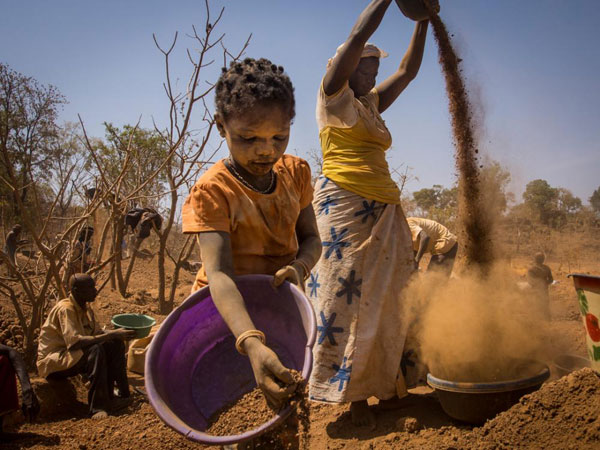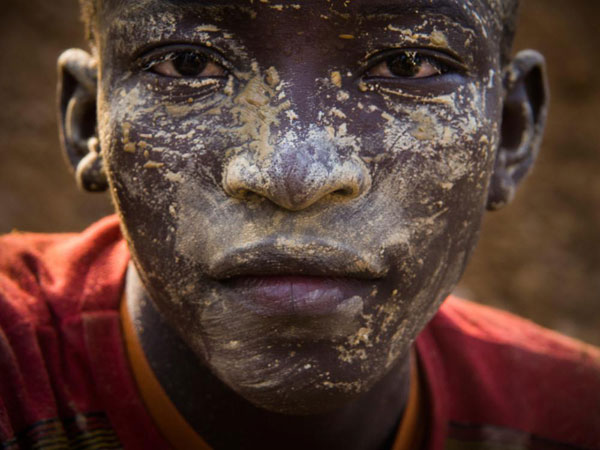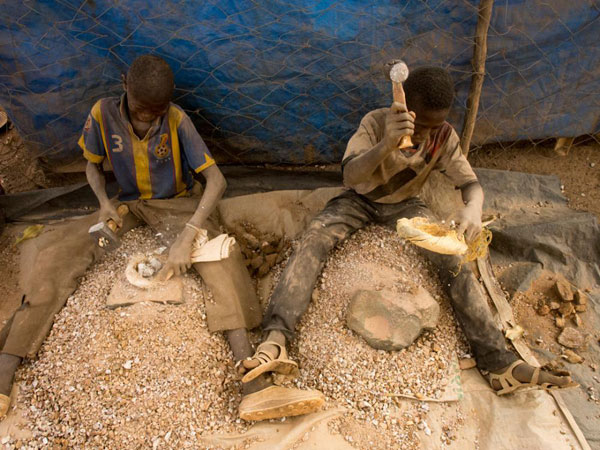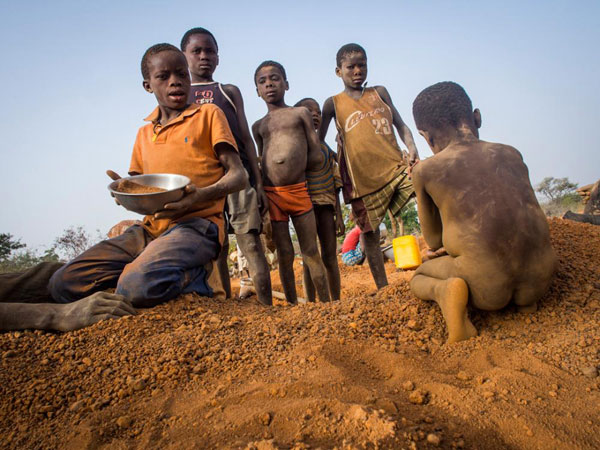Q&A with Pulitzer Prize-winning photographer Larry C. Price on his powerful photo project documenting child labor in gold mines
posted Thursday, May 30, 2013 at 2:33 PM EST
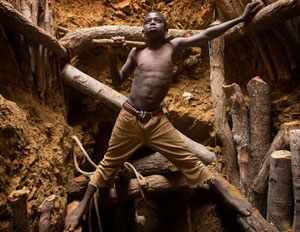
Two-time Pulitzer Prize-winning photographer Larry C. Price has been working on a powerful and poignant photo project documenting child labor around the world. He recently secured grant funding from the Pulitzer Center on Crisis Reporting in Washington, D.C. and completed another segment in the project, this time photographing children working in gold mines in Burkina Faso, Africa. The images, some of which are shown throughout this story, are evocative and heartbreaking.
In our Q&A with Price below, he tells us about the genesis of the project and what he hopes to accomplish with it. To learn more, visit the Pulitzer Center on Crisis Reporting.
(All images used with permission of the photographer.)
Imaging Resource: Give us the back story on your child labor photography project, including how it initially came about.
Larry C. Price: I've actually had the notion to do a long-term project on child labor since the mid-1980s. At the time, I was working for the Philadelphia Inquirer and traveling a lot in Central America and Africa. I made some images of children working in the cane and corn fields of Nicaragua and later photographed child soldiers fighting with civilian militia groups in northern part of the country. Later, I made portraits of young soldiers fighting with guerrilla groups in southern Angola. These experiences were disturbing and made a lasting impression on me. This was my first encounter with child exploitation. I eventually began paying more attention to the issues of forced labor, human trafficking and workers rights. Eventually I thought about doing an involved project based on these themes for the newspaper, but after a few years I moved into editing and management so the ideas languished. As a globalized economy emerged through the 1990s, it became apparent that child labor was on the rise. I pondered the paradox of developed nations' economies depending so much on the toil of children and several years ago became more interested in dusting off my ideas. In late 2011, I resigned from my position as an editor at Cox Media Group and decided the time was right to begin. Between others freelance jobs, I've been able to put together funding to produce stories and essays in Asia and Africa.
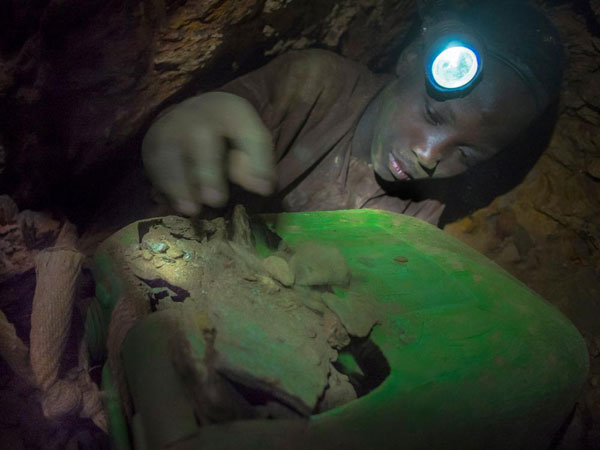
IR: You recently returned from photographing the next segment of the project in Burkina Faso in West Africa. What was that experience like and what types of images did you capture?
LP: Well, I began the child labor stories in the Philippines in December of 2011. Working there was mostly about securing access. In fact, this entire project rests on the ability to get a lens on very sensitive situations where some might not want a photographer working. The Philippines is a relatively easy place to travel once in-country. My biggest obstacle was the endless explanations and audiences with the rural authorities that had the power to keep me away from the mining areas. I spent a lot of time making the correct connections to get to the areas. On the other hand, Burkina Faso is like the Wild West. If you can get to the areas, making photographs is fairly straightforward. The problem is travel overland and finding the right people as guides. The mining camps in Burkina are really remote, mostly situated in the bush far from even the smaller towns. I was mostly working in the border region of Burkina, Ghana and Cote d'Ivoire. Access and accommodations were simple and it was a very uncomfortable work environment. It's estimated that 30 percent of small-scale miners are teenagers or younger. I actually saw two and three-year-olds working alongside their mothers in the gold fields. I photographed children as young as seven, working in deep shafts 150 feet below the surface. The situation in Burkina is very bleak, desperate almost. The climate is very hot and dry so there is a lot of dust, especially around the gold camps where some of the ore-crushing operations occur. A lot of kids in the area contract respiratory diseases due to lack of protective gear. In the Philippines, mercury is widely used to process gold. I saw lots of children working around mercury and cyanide, both deadly if ingested. Mercury is particularly dangerous in places like the Philippines where heavy rains and seasonal floods can wash mining toxins into the watershed.
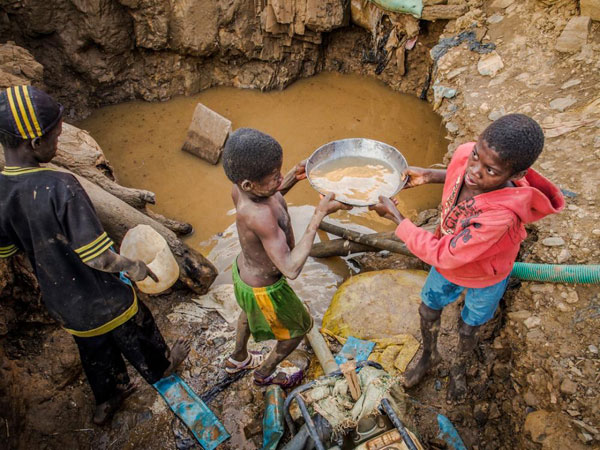
IR: How do you approach a project like this, which is so likely to stir intense emotions while photographing these children?
LP: The emotional toll of photographing children at risk is unavoidable. I found myself alternately feeling sad, angry and even depressed even while making images I knew were strong. I photographed a tiny, four-year-old boy struggle to drag a sack of ore, almost half his size, up a 150-foot hillside as he was taunted to tears by older boys who chided him for being too slow. Heartbreaking to witness, but real nonetheless. I get past it by remaining myself that my role and purpose is to tell this as an untold story. To capture strong images and to communicate some of the injustices that would otherwise continue. My pictures certainly have a point of view but they're also real. This stuff is happening right now and I'm trying to communicate this fact.
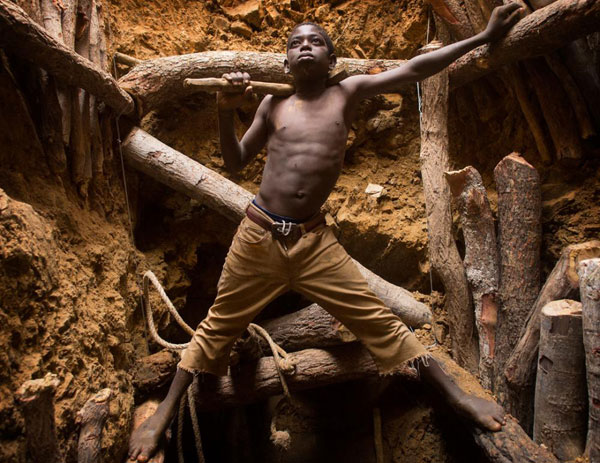
IR: What's one thing you learned while working on this project that's totally surprised you?
LP: It always amazes me how welcoming people can be, even when they're living in such marginal conditions. I've learned to respect the people I work with and that go out of their way to welcome me into their lives, if only for an instant. When I began this story, I was really worried about access and whether or not I would be able to get close enough to make expressive images. I've discovered, on two continents now, that by spending the time to form the most basic of relationships as I work that I'll be able to make the kind of images I need.
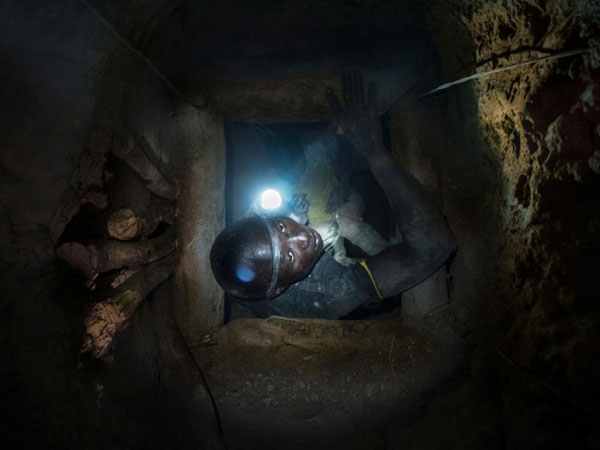
IR: What sort of gear do you bring on a project like this and what's your approach from a technical standpoint?
LP: Remote locations and difficult travel more or less determine what I'll carry on assignment, which is a little as possible. I've always been a gear minimalist anyway so this is a natural way way for me to work. It's also important to fit in. A full-on reporting entourage would be inappropriate in these locations and would hinder my ability to move and react quickly. I use Olympus cameras because I love the size and ergonomics. I never check bags, even for overseas flights, so everything has to fit in one camera bag. I prefer to just use one still camera and perhaps two lenses. I'll travel with three digital bodies and three lenses, keeping one body as a backup. Almost all my work is shot with the Olympus 12mm f/2.0 wide angle lens. For long lens work, I like the 14-150mm Olympus zoom.
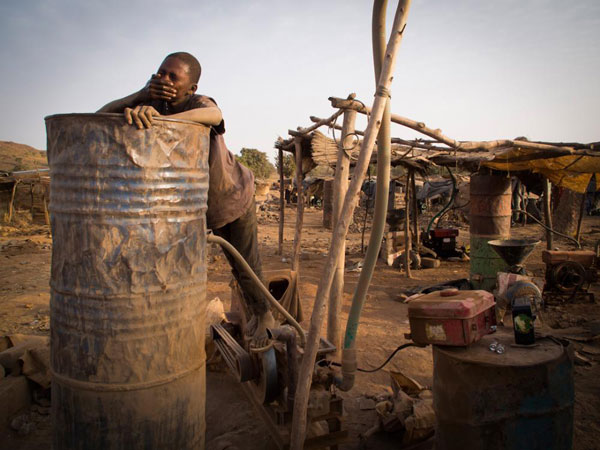
IR: Do you know where the next phase of the project will take you?
LP: I'm researching a few stories now that will likely take me back to Asia this summer. It's likely I'll go back to West Africa in the fall. Eventually, I want to work in some areas of South America to explore some specific themes. I've only started reporting on child labor in the gold sector. Children labor exists in so many areas — in mining, farming, manufacturing — in at least 96 countries around the world. There's plenty to do but it's important to make the point that it's a global problem so that's going to mean a lot of travel.
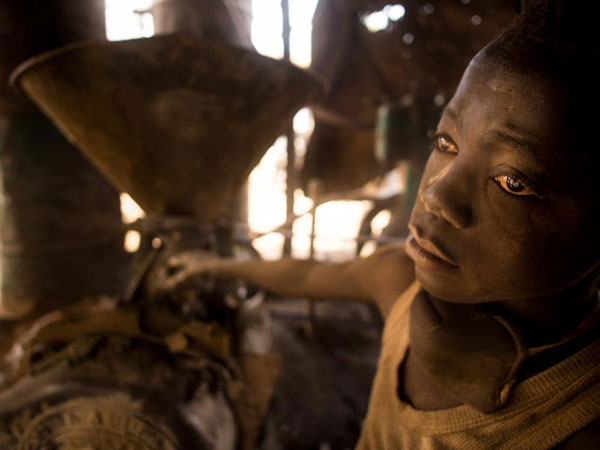
IR: You are also producing some multimedia content surrounding this project for the Pulitzer Center site. Can you talk a little about that and how you feel about telling a story using a multimedia approach?
LP: I think this project is particularly suited to video. I'm doing a lot of filming as I work and shoot 1080p HD video with an Olympus OM-D and a tiny little rig I put together from Red Rock Micro components. It's suitable for documentary work and is very low-key. Basically, I'm trying to shoot stills then back up the scenes with video. But now I'm getting better at understanding which scenarios work best for stills and which are better on video. It adds a lot of work, particularly to get the audio correct but it's important content that can play across multiple markets. Right now, PBS is working with me to edit my video from the Philippines and from Africa for a segment later this year.
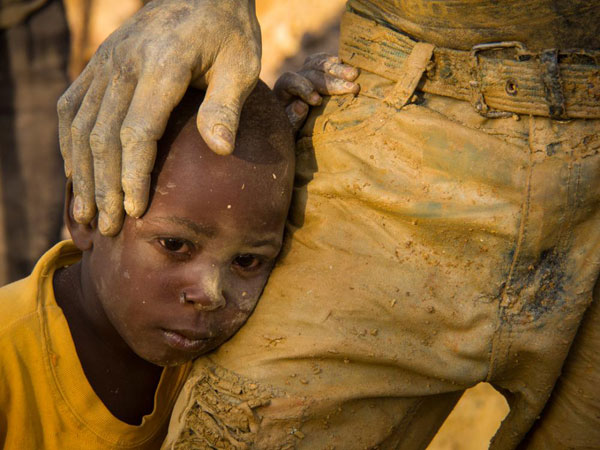
IR: What other photography projects are you working on?
LP: I live in Ohio, right in the epicenter of one of the areas of the country hid hardest by the economic downturn. When I'm not doing other freelance work, I shoot a lot of images for another project called Post Industrial. Basically, I'm attempting to document remnants of the country's vast manufacturing heritage of days gone by. And for something completely different?: I enjoy working from time to time photographing orchids in my little office-studio. Concentrating on pure form, shape and texture is always a welcome change to the intensity of documentary work.
